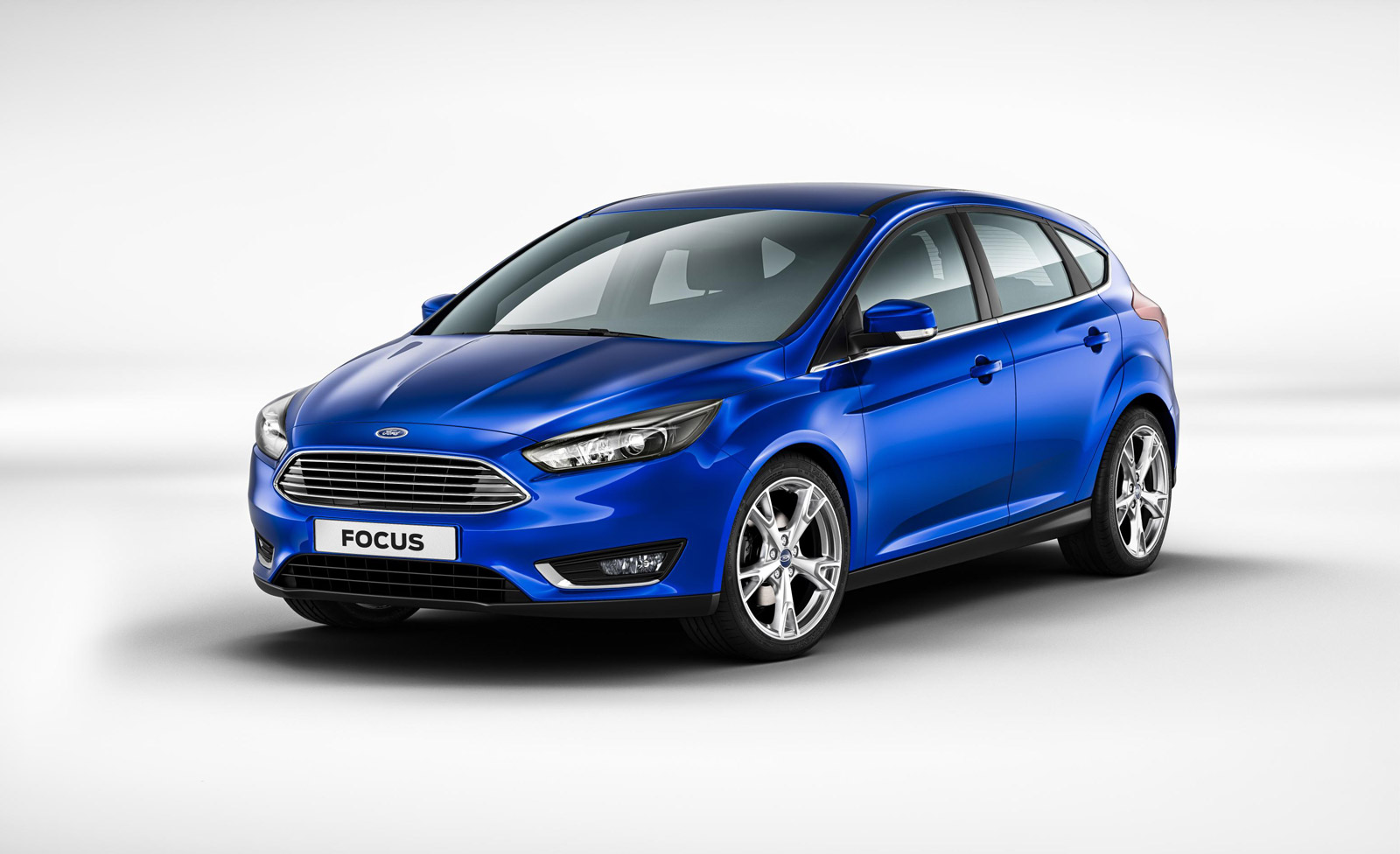

No screwy suspension geometry to make the car all wonky on straight roads. I spent a couple of weeks recently in a Ford Focus SVT that had been breathed on by the folks at Ford and Roush Racing, using parts from the new Fast Focus catalog. Mass customization: It’s not just an oxymoron anymore. The “F t Focus” wish-book offers everything from whiteface competition gauges and carbon-fiber shift knobs to a Jackson Racing supercharger kit, all available through Ford authorized dealers, with optional installation.
#Ford focus upgrade#
Is your 230-hp Dodge SRT-4 feeling a little limp? DaimlerChrysler’s Mopar division will soon offer, through its authorized dealers, a thermonuclear turbo upgrade that will raise the engine output to 300 hp and 300 pound-feet of torque.Īnd last month, Ford Racing Performance Parts introduced its own catalog of aftermarket pieces for its Focus coupe, one of the best-handling and most popular hot hatches on the market. If the dealer installs the unit, Toyota will honor the vehicle’s powertrain warranty.

The superchargers come with a one-year guarantee. You can now order its superchargers for most of the engines in Toyota’s paddock. Toyota has its own aftermarket division, Toyota Racing Development, whose parts are sold through authorized dealers.

It seems inevitable: What began as a fringy, outlaw car hobby - born in teenage status anxiety and bred in thousands of garages stinking of smoked pistons - will go mainstream as part of an increasingly sophisticated array of dealer options. Brembo brakes? Check - and all conveniently installed and financed as part of the car’s purchase price. This I predict: Very soon, car buyers will be able to choose from a punch-list of factory-approved tuner parts available through your local dealer - HKS exhaust system? Check. It’s because the aftermarket is heading your way. You may ask why anyone beyond a hormone-sotted teenager should care. Such monstrosities often detonate in festive clouds of carbon-fiber shrapnel. This is a key difference between hot rodding and tuning: Most tuning is not D.I.Y., but D.I.F.M., “do it for me.” Bad things happen when inexperienced hobbyists stuff leaf-blower turbochargers, lumpy cams and Taiwanese electronic control modules under the hood. The limiting factor to all this rampant prosperity is that relatively few people have the tools or know-how to properly modify modern cars. The sport-compact aftermarket is now worth more than $3.2-billion a year. Others are purely creatures of the tuner phenomenon, like Greddy, APC and Wings West. Some evolved out of racing, such as CompTech and NOS. Some aftermarket companies are familiar, blue-chip firms like AP Racing, Eibach, Neuspeed and Momo. Likewise, current issues of Sport Compact Car magazine - what Guns and Ammo is to the rifle-in-the-tower set - are crowded with ads shilling everything from screaming “Stage III” turbochargers to carbon-fiber rear spoilers the size of blackjack tables. By the late 1960s, hot rodders could draw from a pornocopia of high-performance goods found in the back pages of Hot Rod magazine or Hemmings Motor News brands like Edlebrock, Hurst, Holley, Rochester and Flowmaster have become bits of gear-head Americana. Both began as eyeball engineering, where if something looked fast, then it was fast.Īnd both movements quickly aroused vast, highly specialized industries to support them. Both were grass-roots, anarchic, existentially D.I.Y. In this respect, sport-compact tuning materialized out of the same ether as hot rodding in the 1940s and ’50s. High school auto shop classes became crowded with kids laying up their own fiberglass air dams, welding megaphonic extensions to tailpipes and taking cutting torches to springs. Kids wanting to invest these grotty hand-me-downs with some style and performance had to rely on their ingenuity, for the most part. These cars, while exceptionally sound mechanically, were about as sexy as corrective headgear.
#Ford focus drivers#
Sport compact “tuner” car culture – a la “The Fast and the Furious” – emerged in the mid-’90s when a generation of new drivers began fixing up their beloved first cars, mostly used Honda Civics, Preludes and Accords. Ford and others are making a furious push into the sport accessories market.


 0 kommentar(er)
0 kommentar(er)
